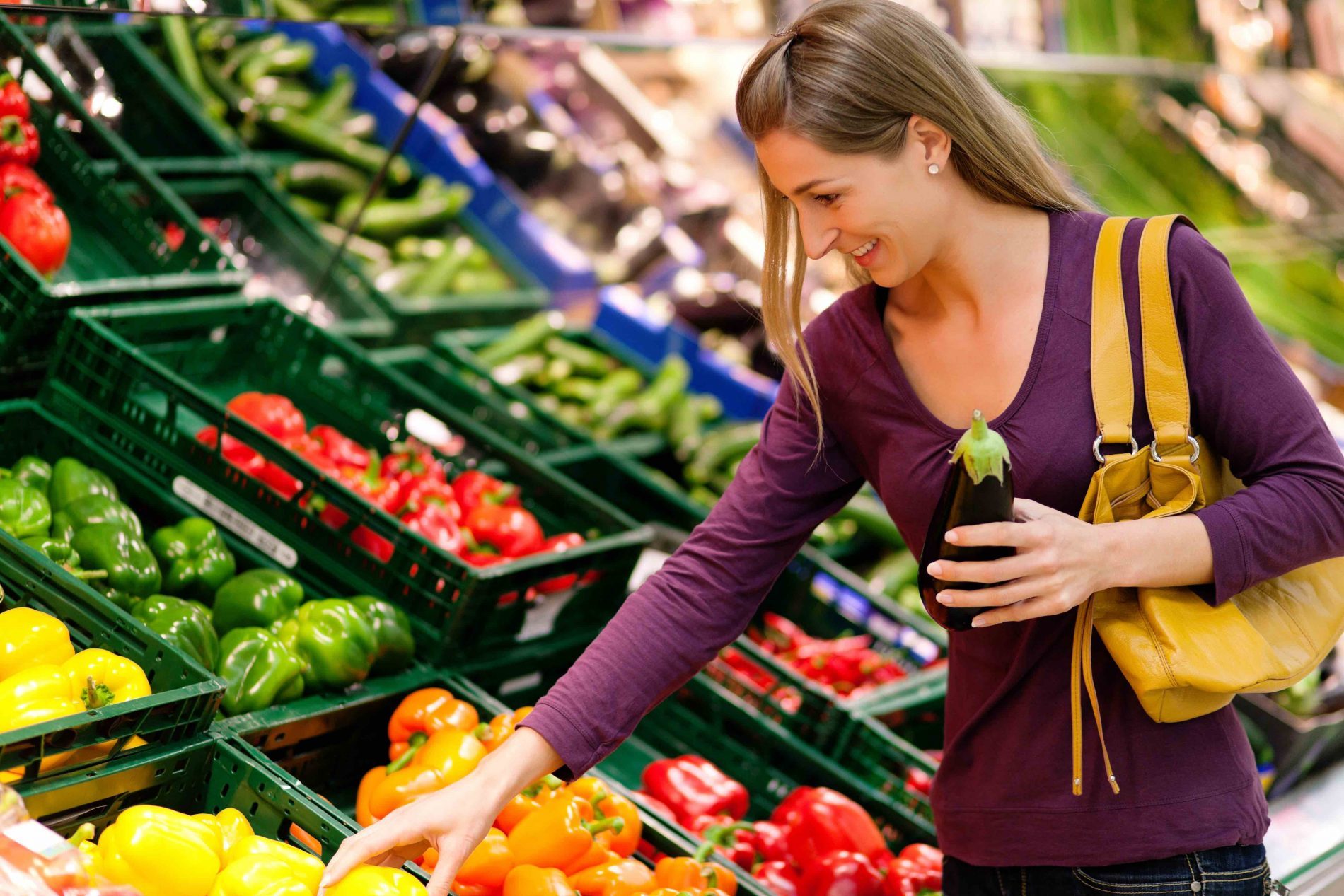If you are like me, I’ve often been intimidated to go to a public yoga class because of all the yogi terms that I’m not familiar with. I didn’t want to draw attention to myself, as I floundered on my mat, attempting to mimic what the teacher was doing.
Instead, I’ve always opted to do yoga in the comfort of my own home. Thankfully, I’ve learned a lot of the “yoga talk” by now and could probably follow along in a public class but I have to admit, the first few times I did yoga, I felt like a fish out of water. There was a whole new vocabulary that I wasn’t familiar with and it made me wonder if others feel the same way.
Yoga has offered me a new way of life. My online teacher always talks about the healing benefits of yoga, and in the moment, I didn’t really feel like it was doing much for me. But I persevered. After a couple off months of a consistent yoga practice, I started to get what she was talking about. I felt like I was processing my feelings differently, and I was more in tune with my body.
The Sanskrit language is often used in yoga practice to describe the poses or postures that are done. We are going to break down some of the most common terms used, to hopefully make you more comfortable in a yoga class.
Guru: The English language has adopted the use of this Sanskrit word to indicate someone who is an expert in their field of study. For example, he/she is a technology guru. However, when used in a yoga class, guru refers to a person who is a spiritual mentor or teacher.
Mantra: A mantra is an instrument of the mind, where a sound or phrase is used to enter a state of meditation or intention.
Mudra: During a yoga practice different hand gesture or mudras are used. Two very common mudras are anjali mudra, where the palms are pressed together and are positioned in front of the heart and gyana mudra where the index finger and thumb are touching.
Savasana: This is a yoga pose that is usually performed at the end of the yoga practice. It is also known as the corpse pose, where you are lying flat on your back, legs are extended and palms are at your sides and are facing upwards. This pose is meant to ignite total body relaxation so you can assimilate the benefits of your yoga practice.
Namaste: This is usually said at the end of a yoga practice and it literally means, I bow to you. Much like a prayer is ended with Amen, a yoga class normally ends with Namaste.
Prana: Prana describes the life force in the body.
Pranayama: Yoga utilizes the breath to inspire motion, and pranayama defines the control of the breath. It is a conscious control of breath inhalation, retention, and exhalation.
Now that you are familiar with some common yoga terms, it’s time to put a little Namaste in your life. Roll out your mat and get comfortable with your yoga practice.
Jo-Anne Richardson has almost a decade of experience managing a chiropractic office and educating patients on how chiropractic can allow your body to express optimal health. She is a Registered Holistic Nutritionist and holds a Degree in Communications. She loves to experiment with raw vegan recipes, loves to salsa dance, travel and learn new holistic health information to share tips with everyone who visits the office.


